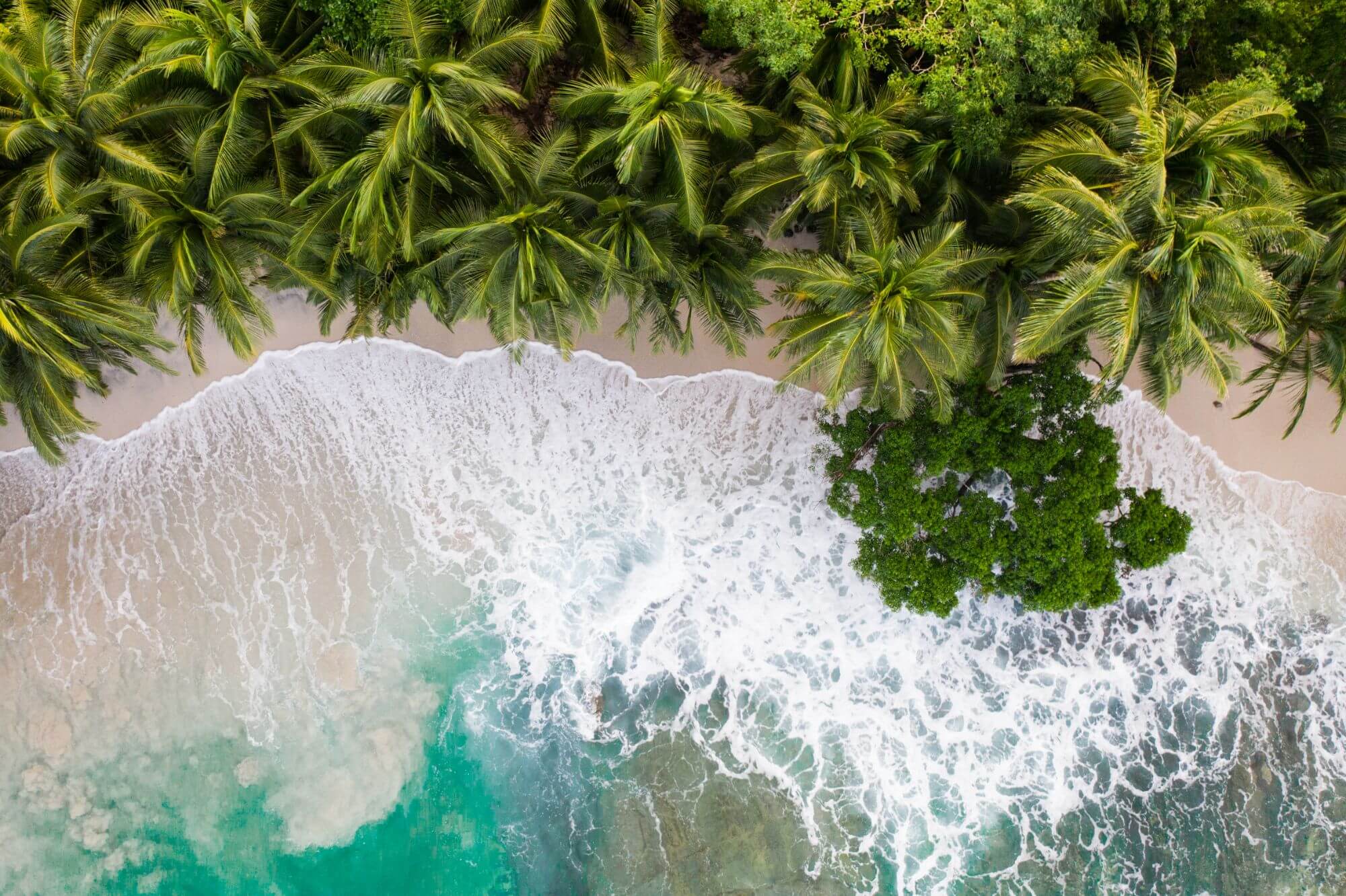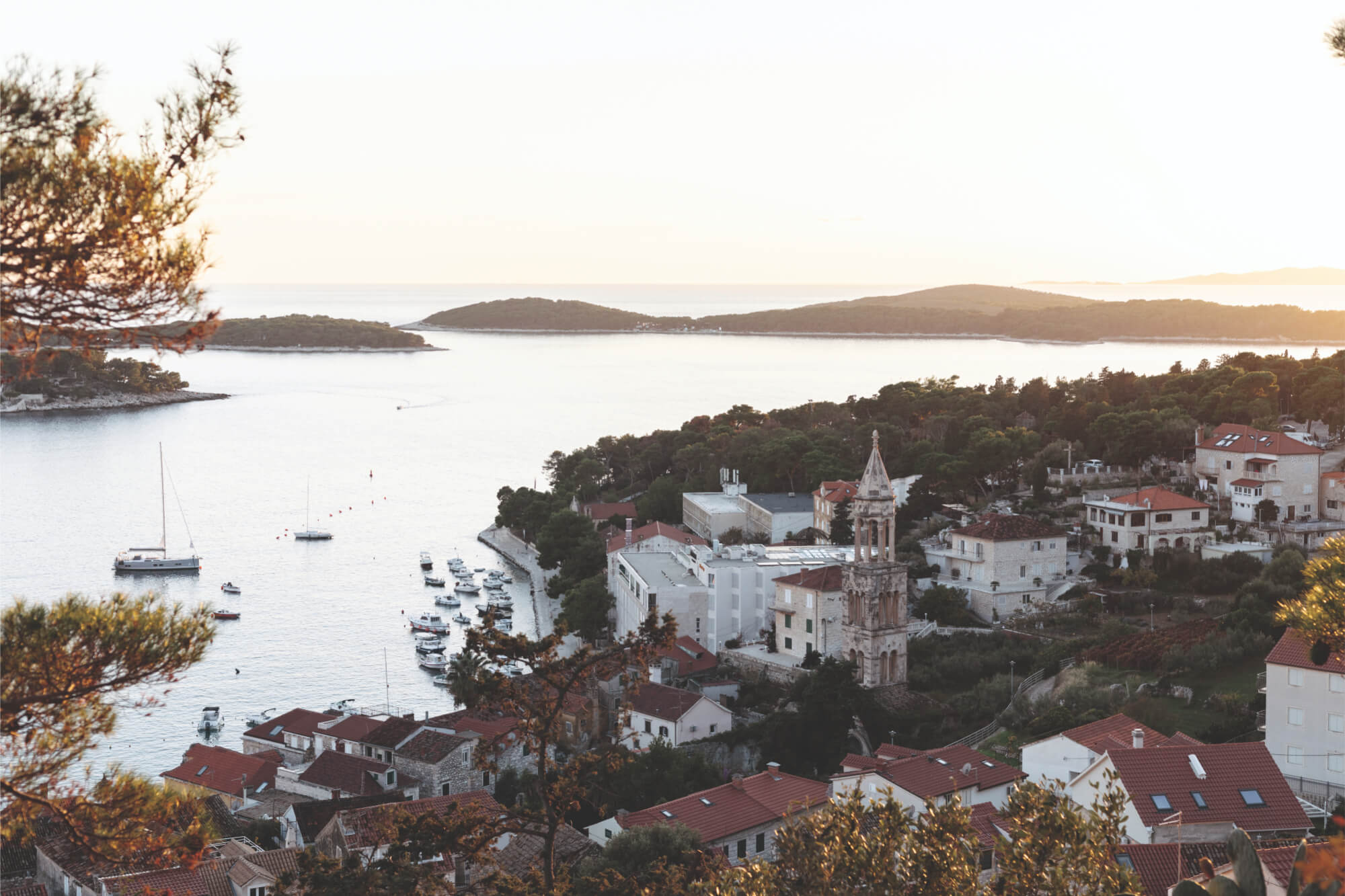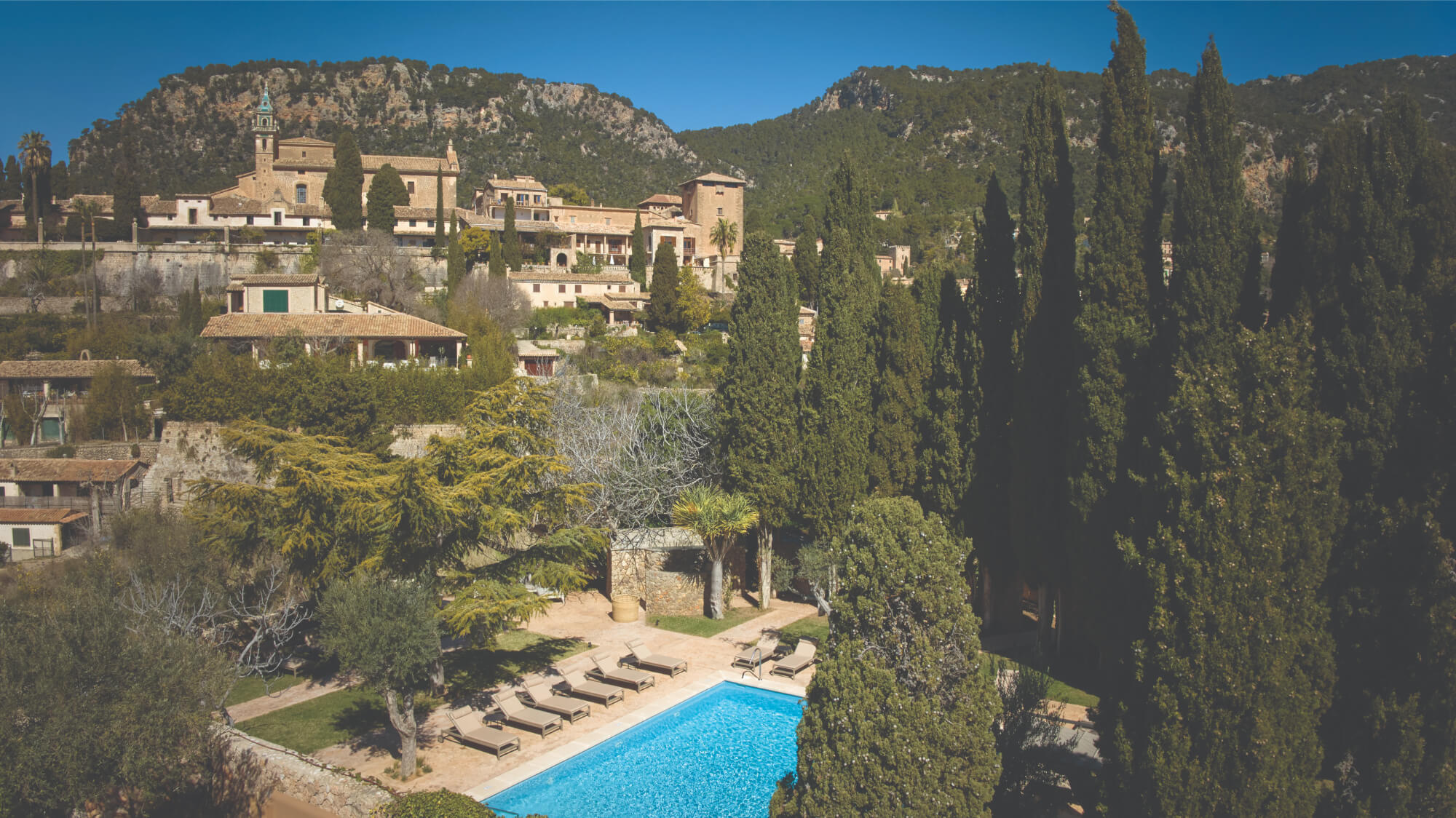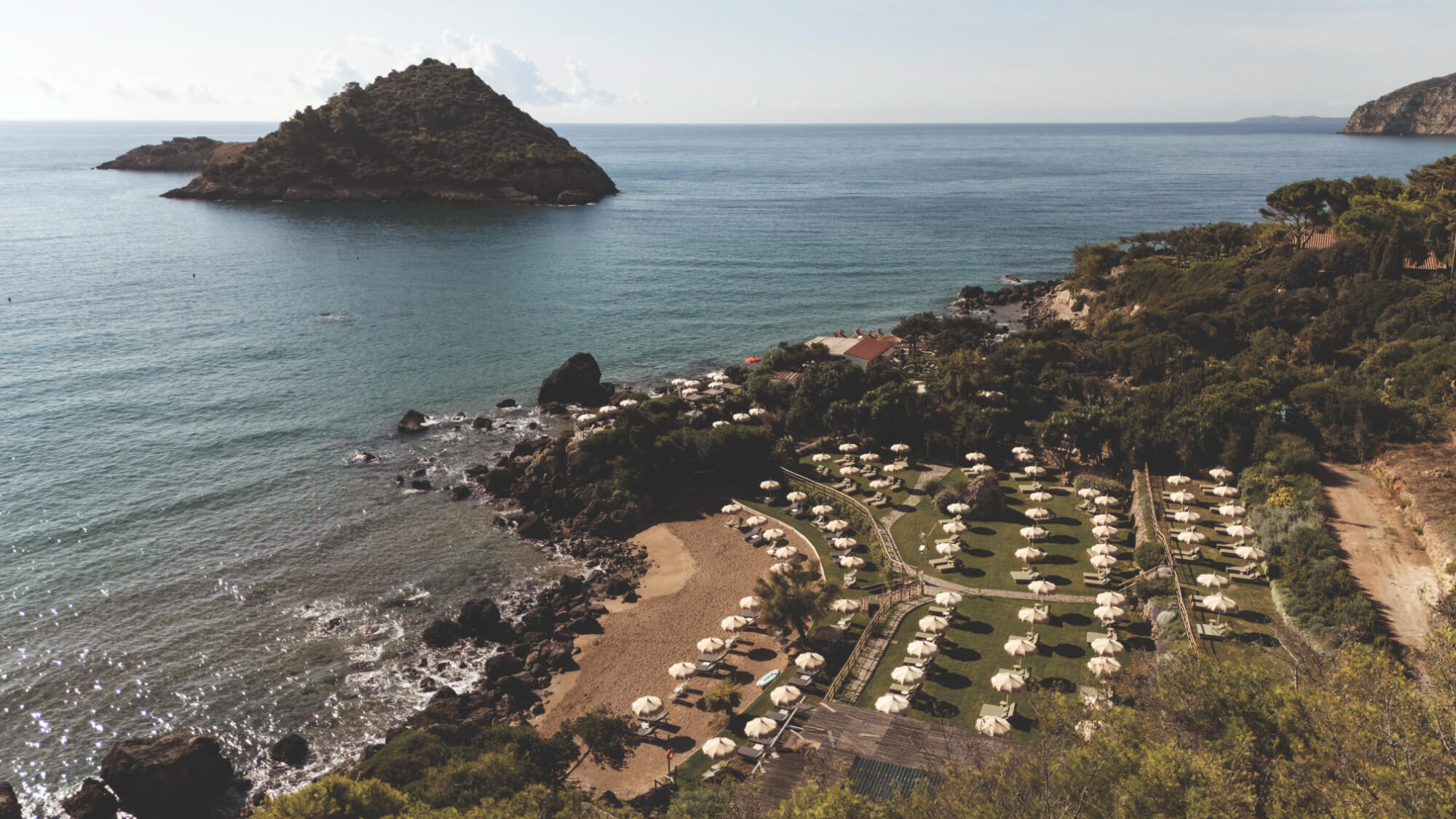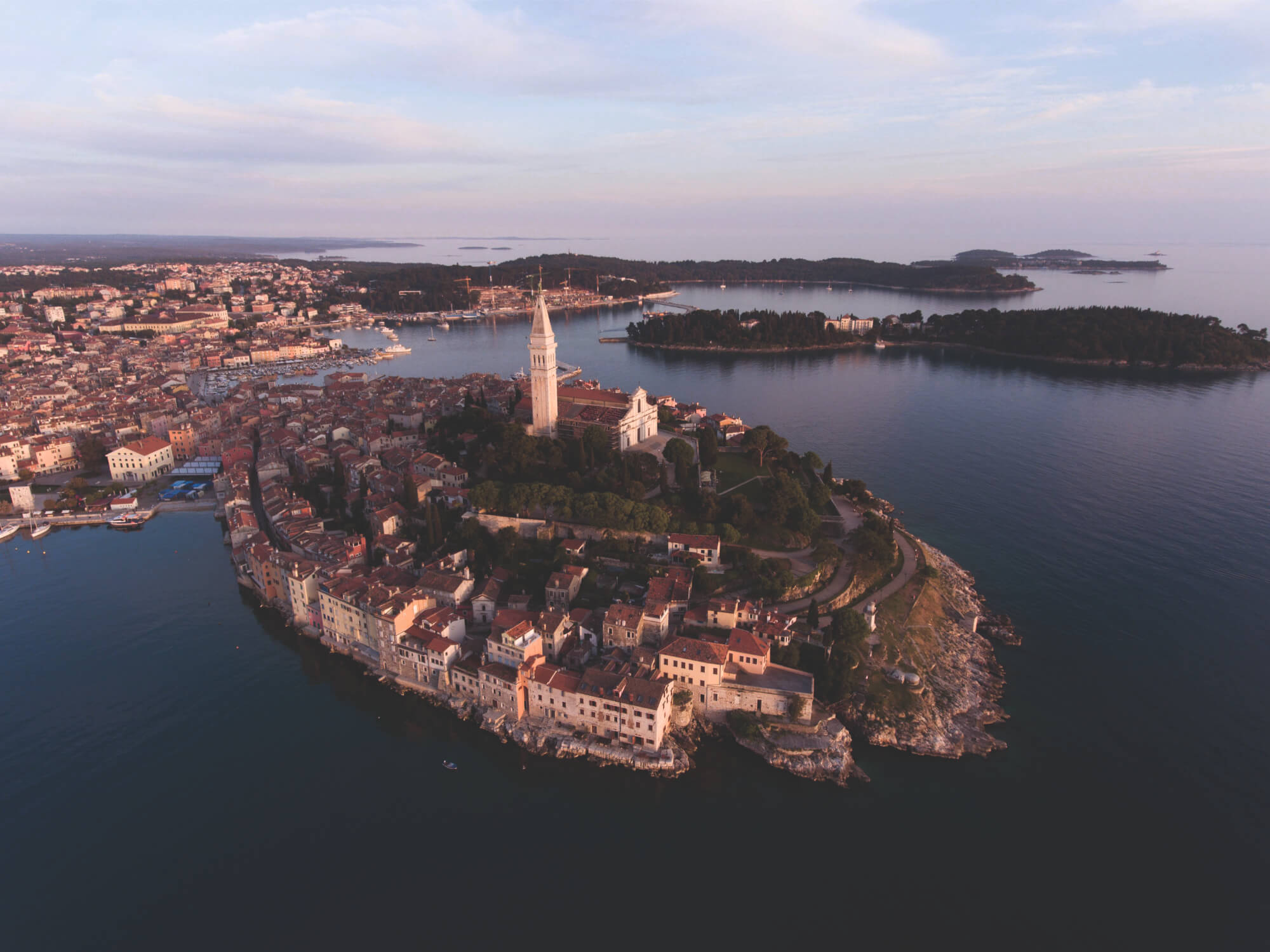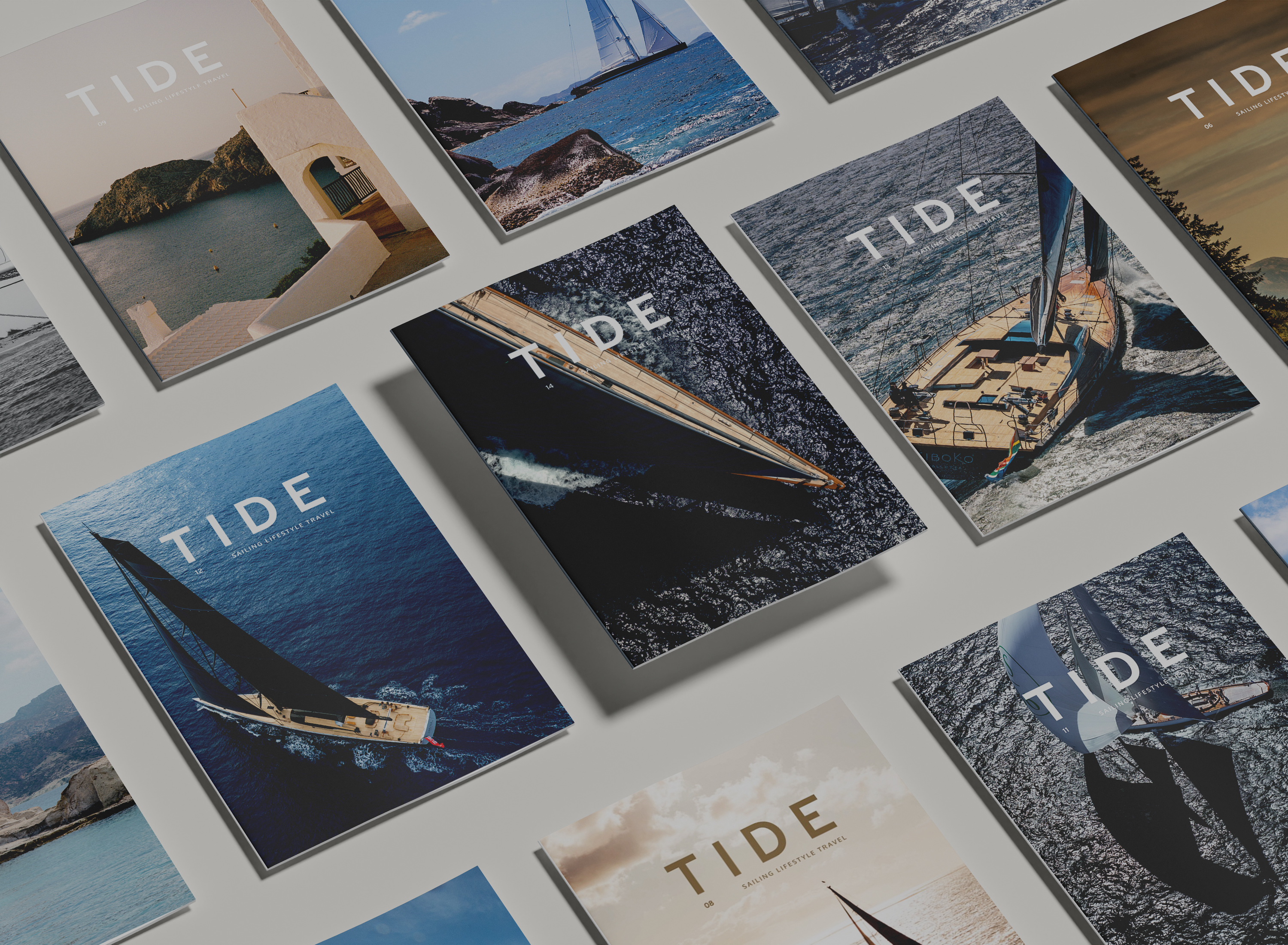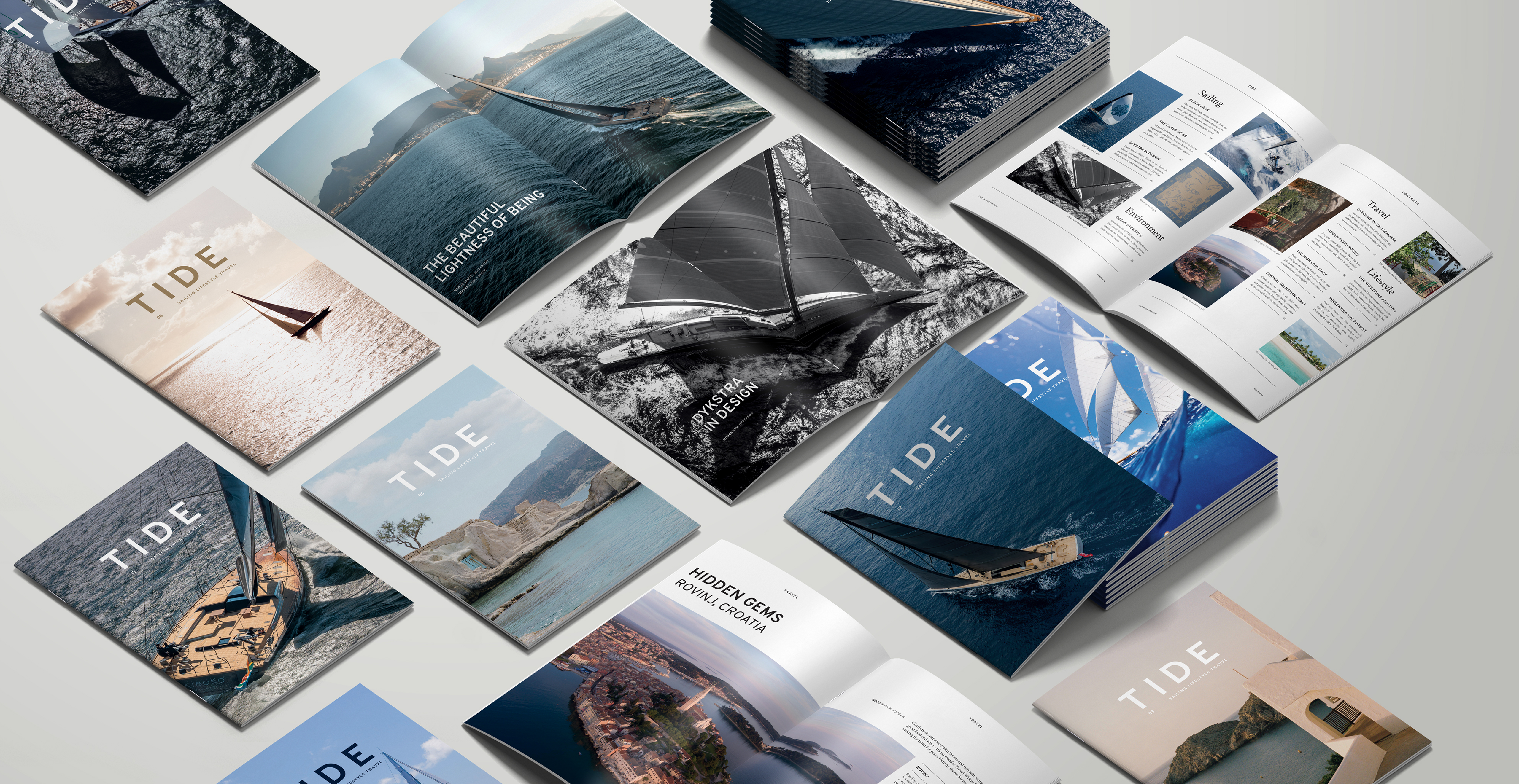An epic voyage spanning over 7000 nautical miles, we follow photographer Stuart M Boliter to bring you to our favourite destinations in Panama and across the Pacific: luminescent turquoise waters, world class surfing, impossibly white beaches and myriad tiny islands teeming with sea life.
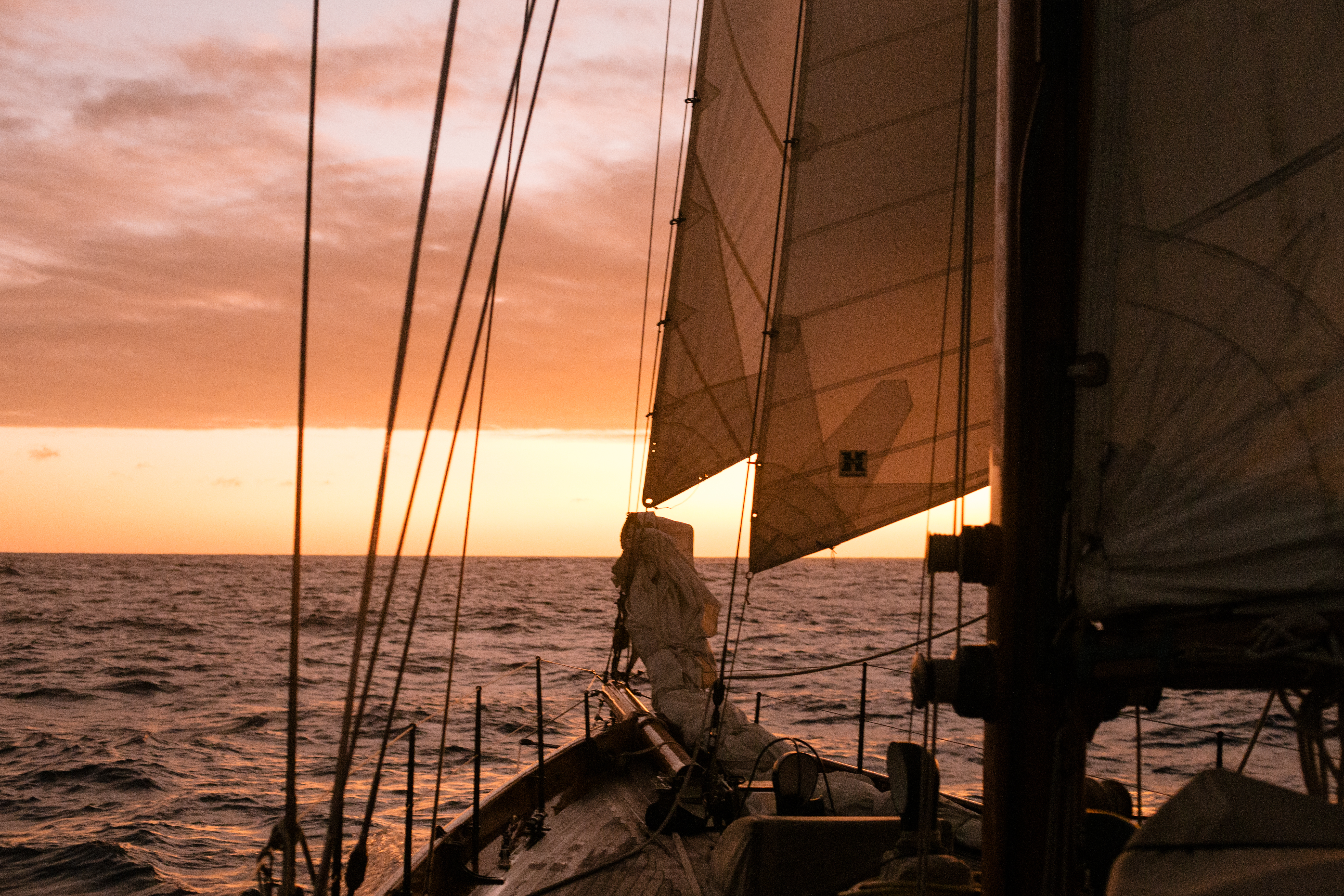
The Pacific Passage is not one for the faint hearted, with vast distances between land, and lightning, sunken reefs and rapid currents to contend with. Still, if you know what you’re doing, the ocean voyage can take you to some of the most pristine and undiscovered corners of the earth.
To discover some highlights of from Panama to the Pacific, we sit down with seasoned photographer Stuart M Boliter. Starting in the San Blas islands and crossing through the Panama Canal, Stuart’s itinerary begins with the so-called “Milk Run” - the route of choice for the first leg of the Pacific. The journey is best started in March or April, after winter in the Caribbean, meaning you pass French Polynesia towards the end of the Southern cyclone season. After this, routes through the West Pacific vary, but Stuart takes us to the crystal waters of Fiji for epic surfing and water sports, before heading to the Solomon Islands for WWII shipwrecks and more.
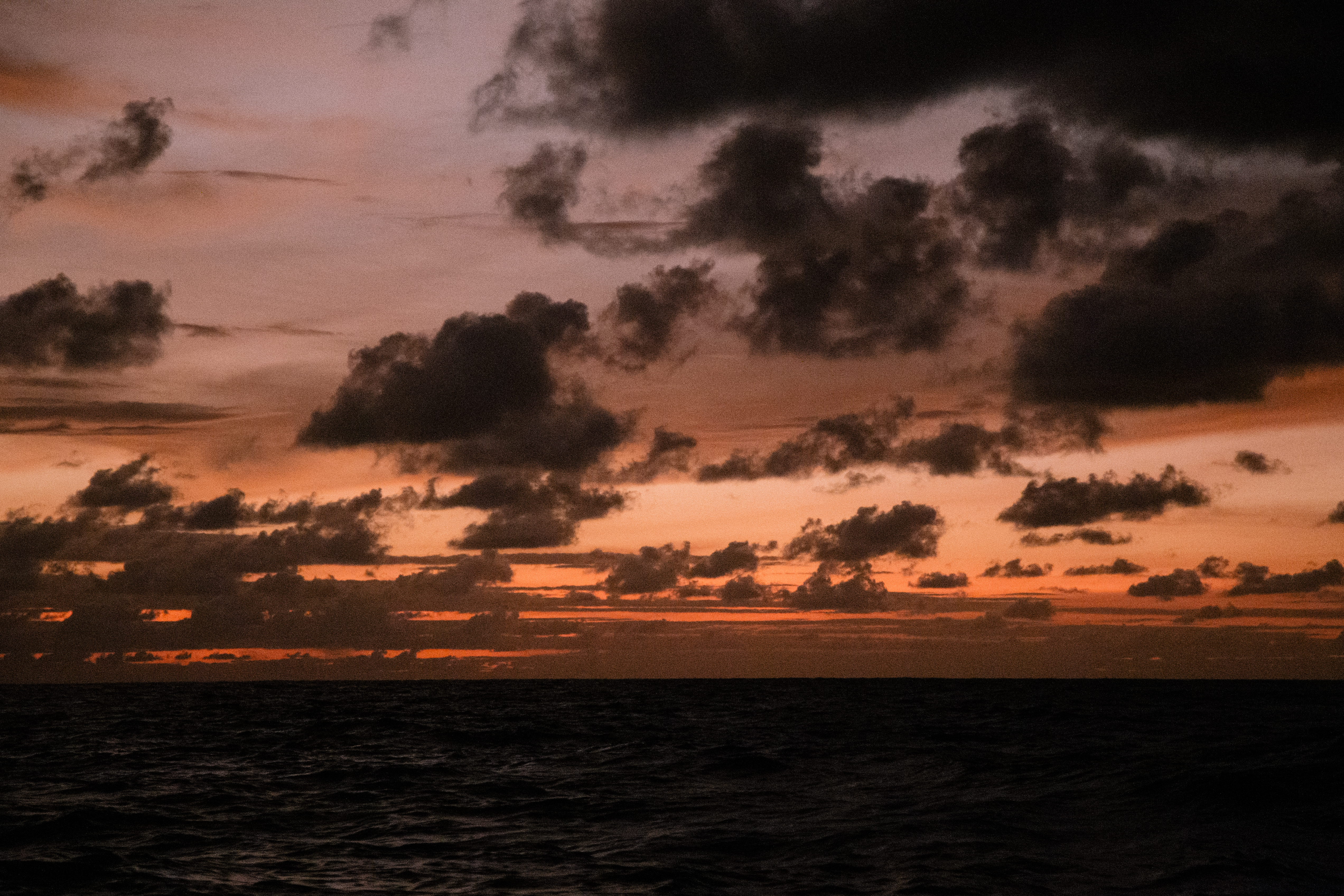
San Blas
Our journey begins in San Blas, a cluster of over 300 islands and cays off located off the Isthmus of Panama. This is the final Caribbean destination for many super yachts before they go through the Panama Canal, an idyllic archipelago of white sand beaches and the odd coconut tree. On shore the larger islands, you can enjoy fresh lobster or red snapper grilled over coals, as well as an abundance of tropical fruit. At night, local Kuna inhabitants will take you out to the see the bioluminescence spectacle, as the sea comes alight at night.
Panama and Coiba National Park
Entering the Pacific through the Panama Canal, the first thing you’ll notice around Panama is the massive abundance of sea life – throughout the summer months, humpback and pilot whales arrive en masse to give birth to their calves, and you’ll find walls of hammerhead sharks.
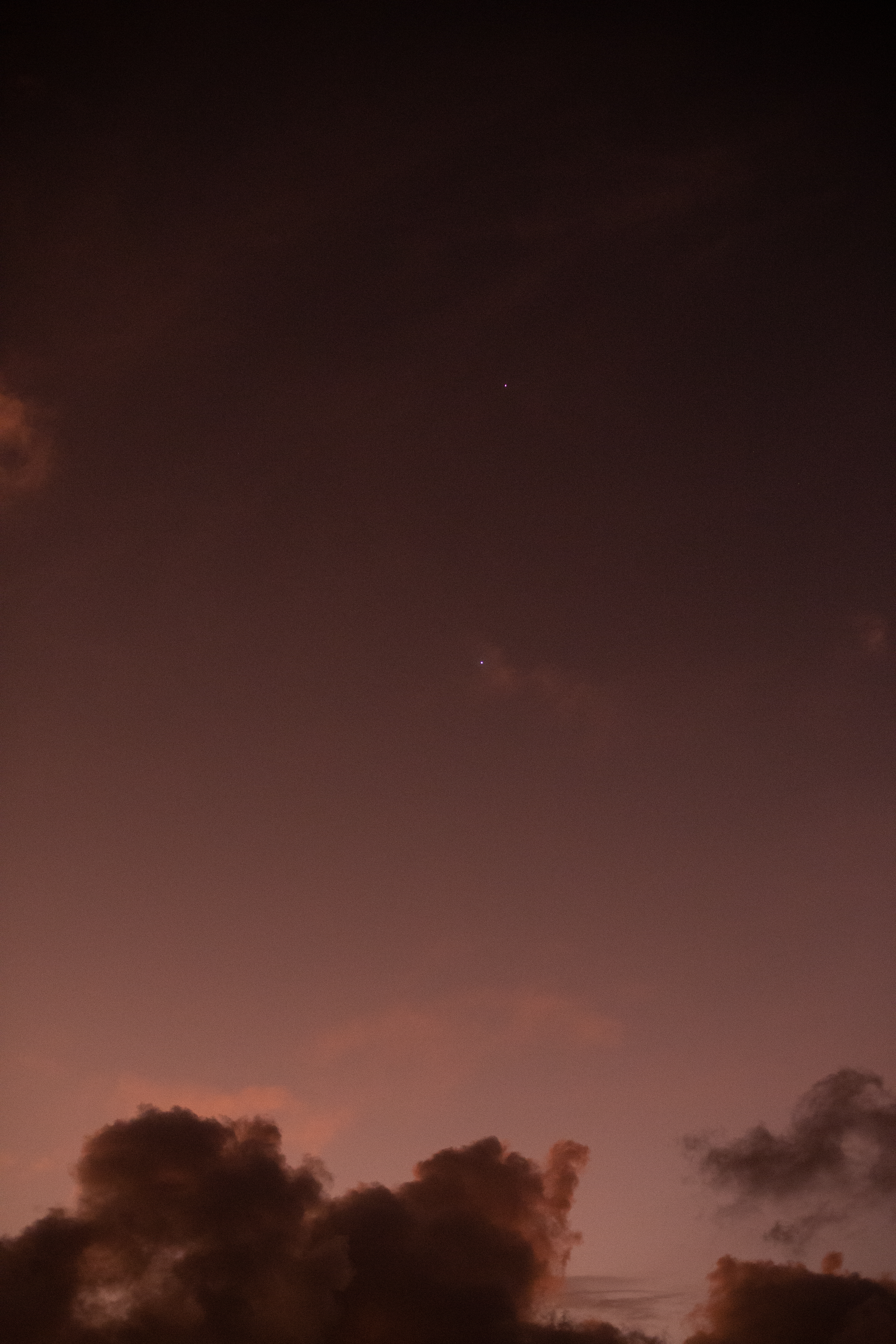
For anyone with a passion for wildlife, Coiba National Park in the Gulf of Chiriqui off Panama is gloriously wild and unspoilt; a true hidden gem for snorkelling, diving and bird watching. Encompassing 38 islands, the marine reserve has remained so pristine in part because it was a prison until 2004, meaning tourists were banned. Now, despite gaining UNESCO world heritage status, tour operators are diligent in keeping the eco-system protected and unpolluted, and it still feels totally remote.
For a slice of luxury before the leaving the coast of Panama behind, spend a few days at Islas Secas Hotel, where nine stunning eco lodges across different private islands were opened to much excitement this January. The properties are surrounded by untouched wilderness, with a restaurant serving simple yet sensational local cuisine.
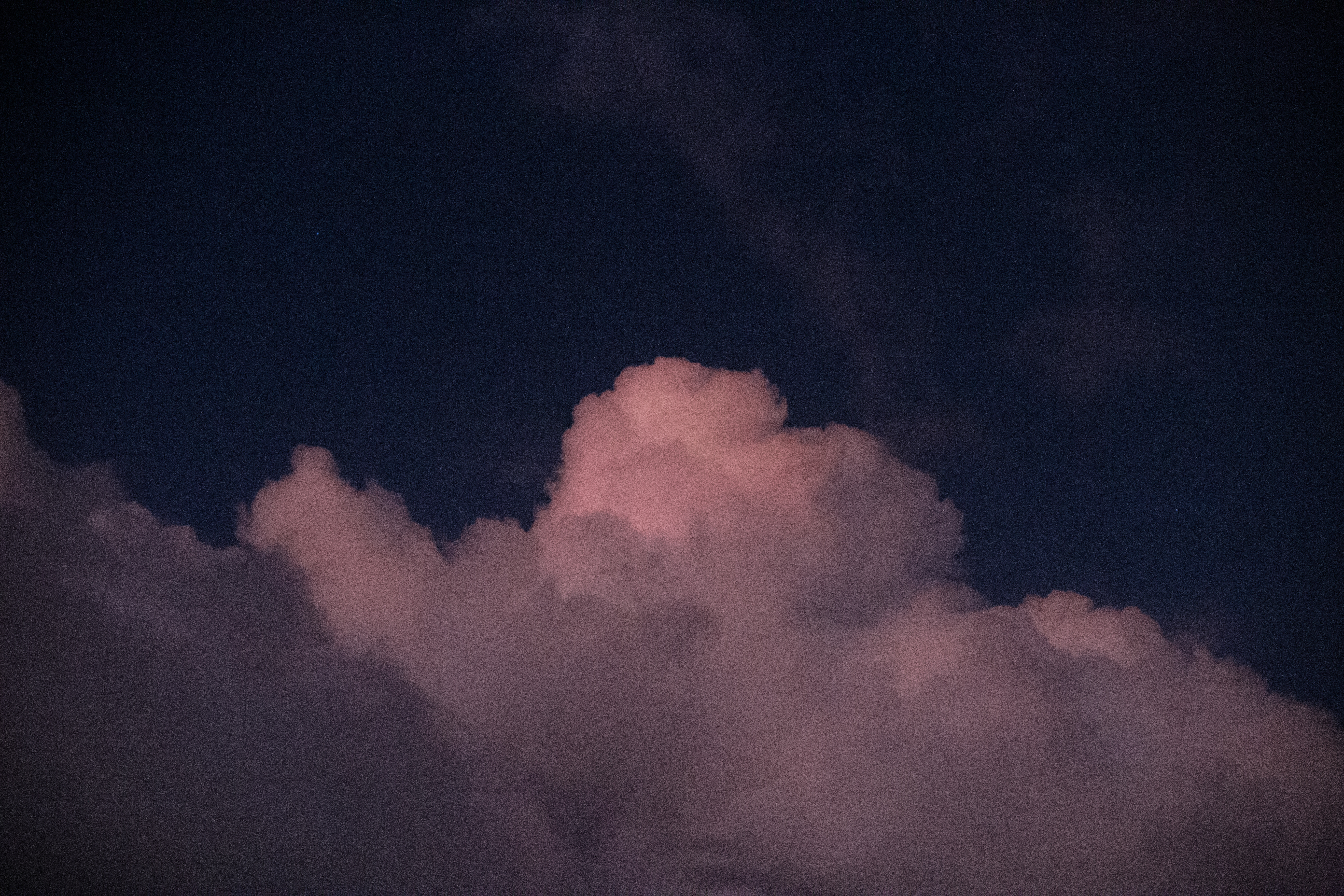
French Polynesia
Next on the Milk Run agenda and a mere 4,800 nautical miles later, we reach French Polynesia. These remote atolls - sinking volcanos surrounded and protected by coral reefs - are quite different to your normal superyacht destination, but that’s exactly the magic. Sure, there are tourist hotspots like Bora Bora, and Papeete (the capital of Tahiti) has all the western conveniences needed to stock up on provisions (there’s even an Apple store). Beyond that though, there are more than 100 islands spreading over 2000km. Seasoned Milk Runners describe the outer islands of French Polynesia as how Hawaii might have been about 80 years ago: There’s a strong French influence, but it’s still got the local culture fully intact.
Tahiti is known for its surfing, with deep southern ocean swell hitting the reef, and Teahupo’o one of the largest and most famous waves in the world. Between here and Moraya, a fast flow of water means huge pods of humpback whales come to feed, and the sea is filled with ocean life. The northernmost islands are perhaps the most spectacular of all. In Fakarava and Rangiroa, immense lagoons that are classified as biosphere reserves, it’s common to see huge pods of friendly dolphins feeding in the path of the incoming tide. Pair this with dramatic scenery - massive mountains that rise out of the oceans – and that crystal blue island water, and it’s likely to be one of the greatest stops on the voyage.
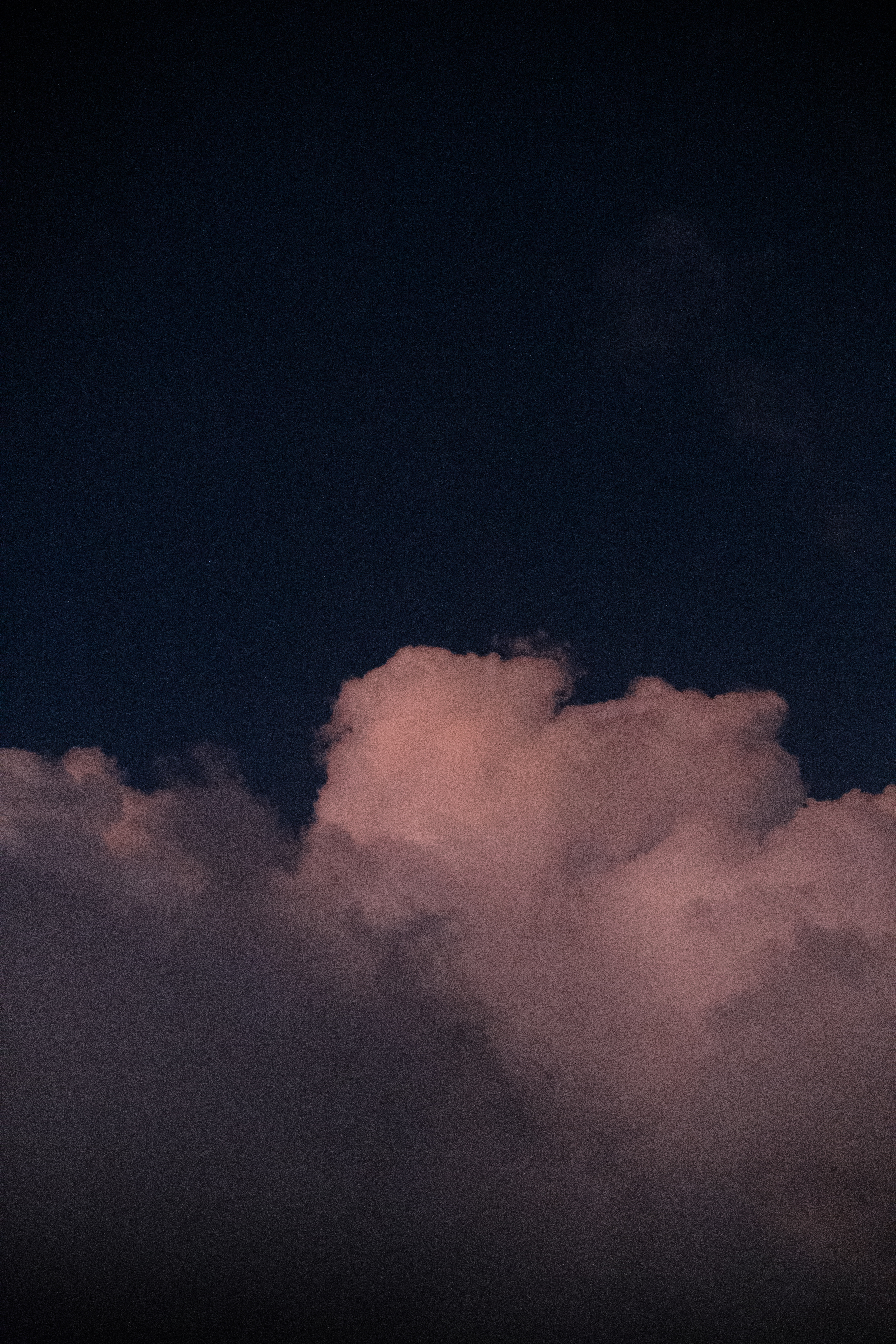
Fiji
In Fiji, it’s all about rugged landscapes, palm-lined beaches and more coral reefs with lagoons teeming with sea life. The collection of islands and islets aren’t as pristine as others in the Pacific, but they do offer some of the best water sport conditions. An abundance of waves means there are spots for all levels of surfing, and the steady winds providing a haven for kite-surfing, wind-surfing and more. The Lau islands east of Fiji are perfect for super yachts, offering calm and protected anchorage inside the reef and wonderful cruising as unearthly green islands rise up from the sea. Hire a local to take you swimming with turtles, gliding over long sea grass filled with colourful fish. A word of advice, though: when you arrive, it’s customary to bring an offering of kava root to the local village chief in return for mooring off their waters, a native plant which gives a mild euphoric high when consumed. This can be picked up when doing provisions in the capital of Suva, and is crushed into a paste and mixed with water before being shared at elaborate cava festivals.
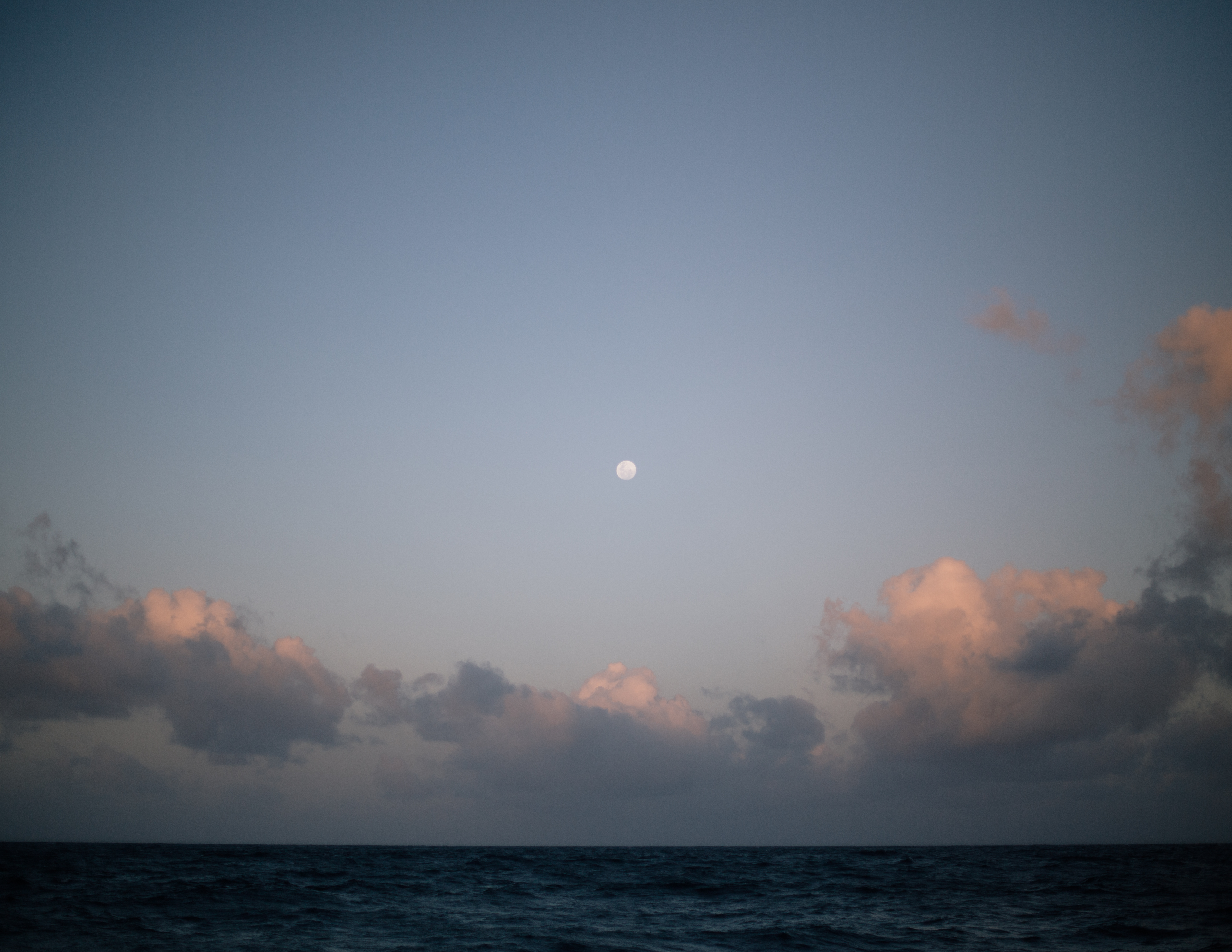
Solomon Islands
Finally, we come to the Solomon Islands, the last leg of any Western Pacific voyage. The appeal here – aside from the usual beautiful beaches and crystal clear waters – is in the island’s ancient and relatively recent naval history. In World War II, they were the site of fierce fighting between Japanese and Allied Forces, and many remnants still remain today. Visitors can go on jungle hikes past rusty American tanks, plane wreckages, air bases and amphibious tractors. Going back further, the islands have been inhabited since at least 28,000 BC, and indigenous histories are just as fascinating. Located near the crystal waters of Vona Vona Lagoon, Skull Island is one of the most sacred places in the Munda region of the Solomon Islands. As the name suggests, it features a shrine containing the skulls of Roviana chiefs and warriors from when headhunting for ‘trophy sculls’ was customary, and an altar to the local fishing gods. Besides this, the verdant islands are home to stunning waterfalls such as Mataniko & Tenaru, and natural swimming spots if you know where to look. Out at sea, dozens of shipwrecks can be explored by snorkelling or scuba diving with local guides.


